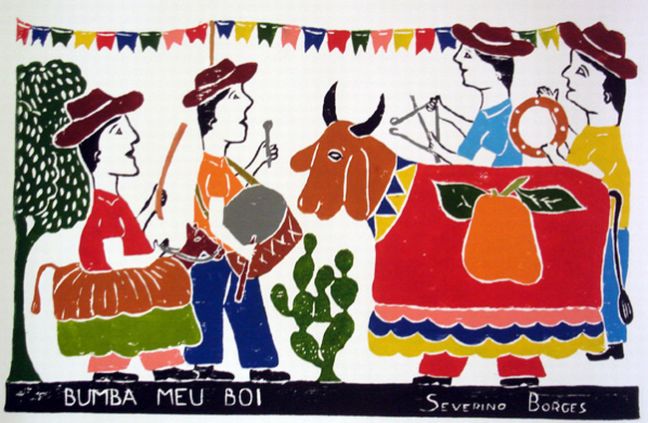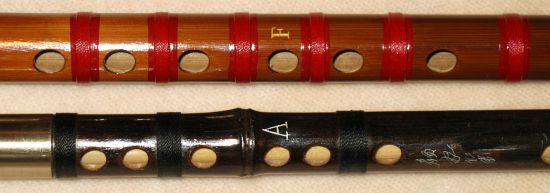Houria Aïchi
Chants de l'Aurès
1990
Tracks:
01. Louange au Prophète (Praise to the Prophet)
02. Elle Sort du Bain (She Emerges from the Bath)
03. Chants de Partisans (Partisans Songs)
04. Salah
05. La Fille des Aïth-Abdi (The Girl of the Aïth-Abdi)
06. Fontaine Dis-Moi (Fountain, Tell Me)
07. Gloire aux Chaouis (Glory to the Chaouis)
08. Soussem
09. La Médisance (The Scandal)
10. Berceuse (Lullaby)
11. La Fuite (The Fight)
12. Les Amants (The Lovers)
13. Mes Frères (My Brothers)
Personnel:
Houria Aïchi: Vocals, Abendaïr
Saïd Nissia: Gasba, Jawaq
♫☆`*♥¸¸.•*¨*•♫☆`*♥¸¸.•*¨*•♫
♫☆`*♥¸¸.•*¨*•☆♫`*♥¸¸.•*¨*•♫
Houria Aïchi was born in the center of the
Aurès, and she's still here to bring the musical algerian history to people all over the world. Patiently, she collects the last vestiges in the forgotten villages and interprets them by trying to remain so faithful as possible for the tradition.
Of its native mountain, Houria Aïchi kept a shape of sourness. And it is doubtless this purified aspect which seduced Bernardo Bertollucci to accompany a passage of its film " A tea in Sahara ". The first evidence for Houria Aïchi was to go towards the music. She is endowed with a very beautiful voice, powerful, at once pure and guttural impression especially due to her phrasing, both in Arabic and chaoui.
And then she arises from a family - and of a culture where the music is omnipresent. " To sing fact left the life, the education of the girls, it flows in source. To learn the directory is obvious " she explains in the interviews today. From the age of 7 years, Houria escorted her grandmother who was a renowned azriate. Sort of troubadours in the feminine, azriates went of feast to feast, agents of vocal techniques and directories which could so be passed on through valleys and generations.
Listenning to Houria Aïchi is like listenning to 300 years of history, tradition & feelings...

Houria Aichi was born in the Aures region of northeast Algeria and studied psychology in Paris, France, during the 1970s. Her music career only got started around 1985 when she started to perform on stage. At the time she was a sociology teacher. Whenever she took to the stage, audiences found her voice enchanting while the musical accompaniment of the GaSb (reed flute) and bender gave her performances a very unique edge. It wasn’t too long before she was able to record two albums, working mainly with only these two instruments and her own brilliant voice. ‘Songs Of the Aures’ was released in 1990 and ‘Hawa’ was released in 1993. After that Aichi was busy promoting her music so it was quite a bit later, in 2001, that she recorded her third album ‘Khalwa’. It is the third album, which is perhaps most special to the people of Algeria, since it is filled entirely with songs that are largely considered to be sacred to the people of Algeria.
Yet that was certainly not the end of her brilliant music career. In 2007 Houria Aichi met up with the music group Hijaz Car. Their passion for traditional Algerian music and song matched and it wasn’t long before a collaboration was formed. The final result was the release of the album ‘
Aures the Cavaliers’. The music performed through this collaboration is a powerful mix of western Mediterranean lyricism, trance, story-telling and dark or melancholy images.

The gasba or qasaba (end-blown flute)
by Myriem LAKHOUA
I have chosen to tell you about the gasba because it tells me a story... the goat skin tent has been erected in the plain. The night sky is a constellation of stars. Red tea boils on the embers of the fire. The members of the douar have assembled and are listening to the storyteller who recounts stories of ancient and unchanging times. From one generation to another, the storyteller is the link that hands down experience and tradition. The best ones are poets. Their language idealizes a hard rugged life, in rhythm with the seasons.
Their song, the ghna, is accompanied by an instrument so simple that it expresses the genius of the simple life. The gasba, a flute of very dry reed without any reed or mouthpiece, has nine finger holes to produce its ancient melodies. It is decorated with Berber motifs in red and black. The flute supports the singer, called a ghannay, and urges him on. Sometimes, the flute prompts him. Fill up the silence and express the inexpressible! Their dialogue is proof of their complicity. Flute and singer become one to hand down their musical language.
*
The gasba (from the Arab "qasba" meaning "reed" and, in general sense, "reed flute") is a flute with a simple mouth hole. When accompanying a singer, flautists get as close as possible to his voice and melodic formulas. The bendir is intimately linked to the gasba, as it is its sole accompanying instrument. This frame-drum is approximately 50 centimeters in diameter and tensed with goatskind.

♥




































%20-21%2025.jpg)















































+Front.jpg)
















